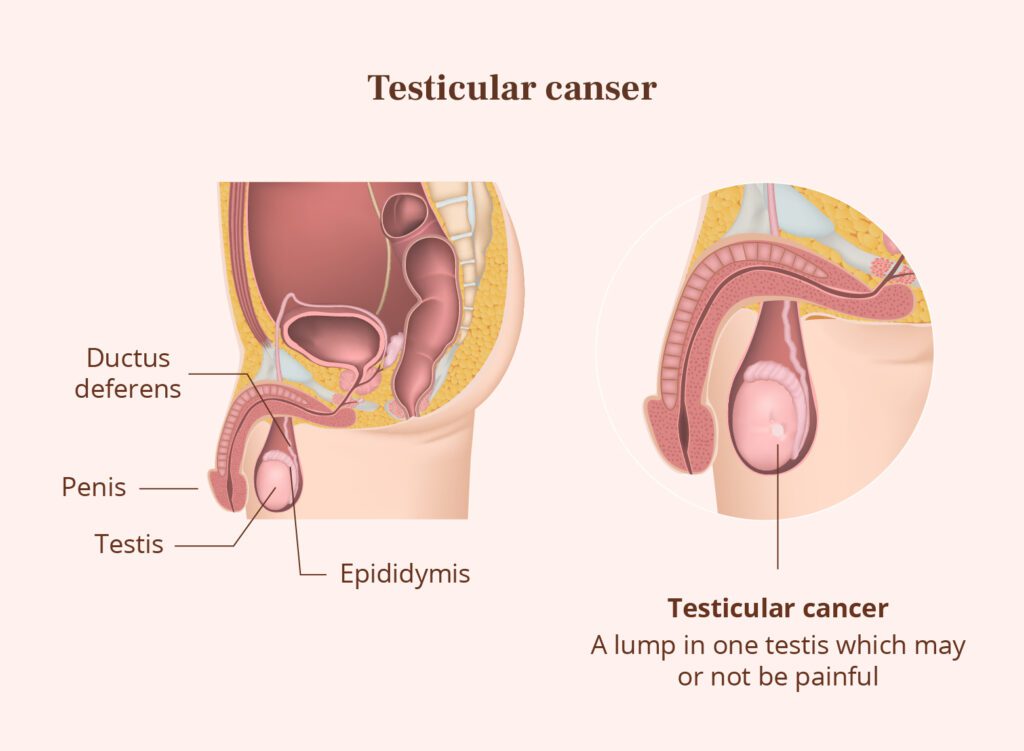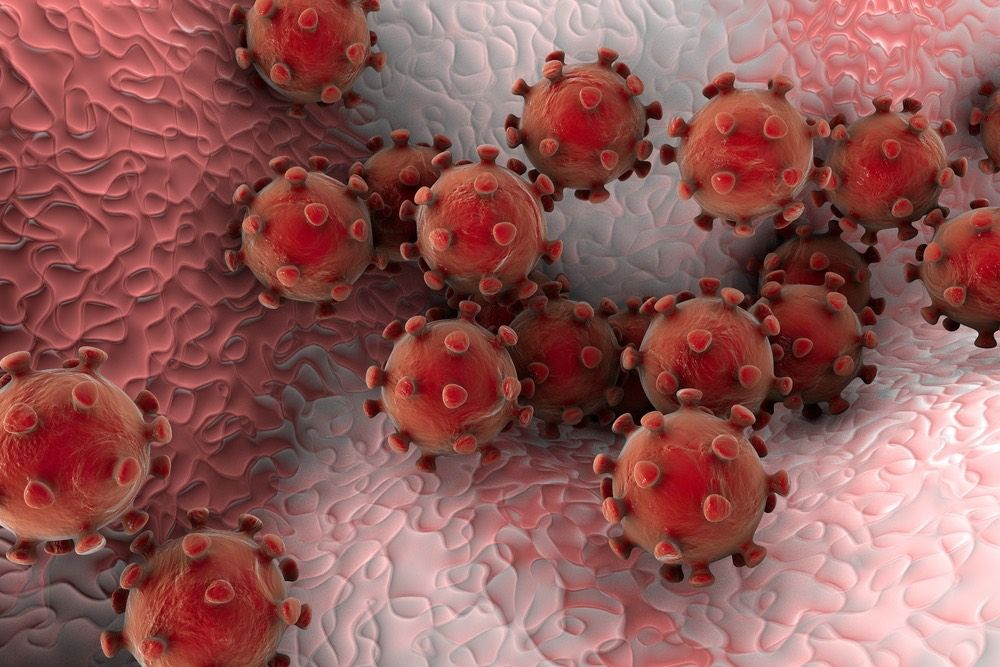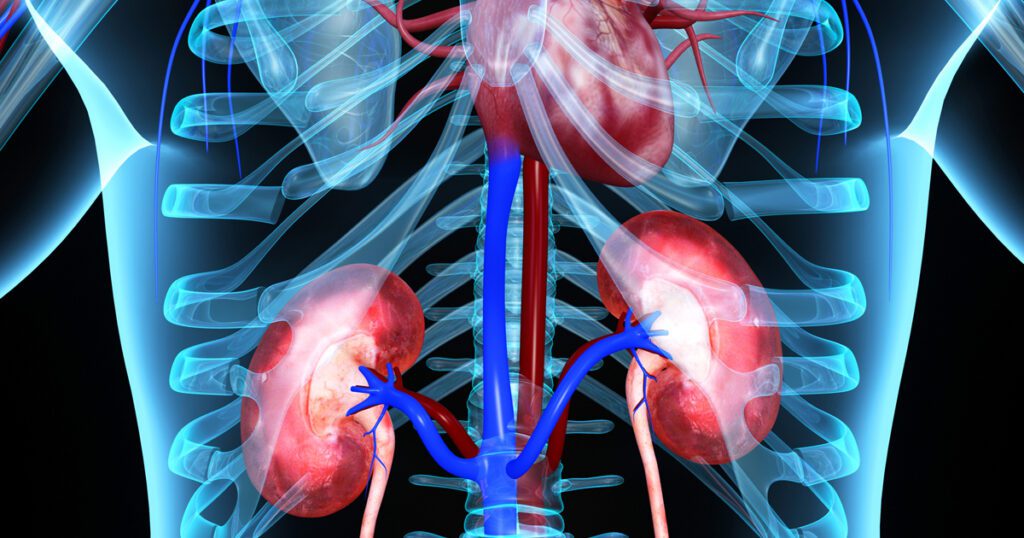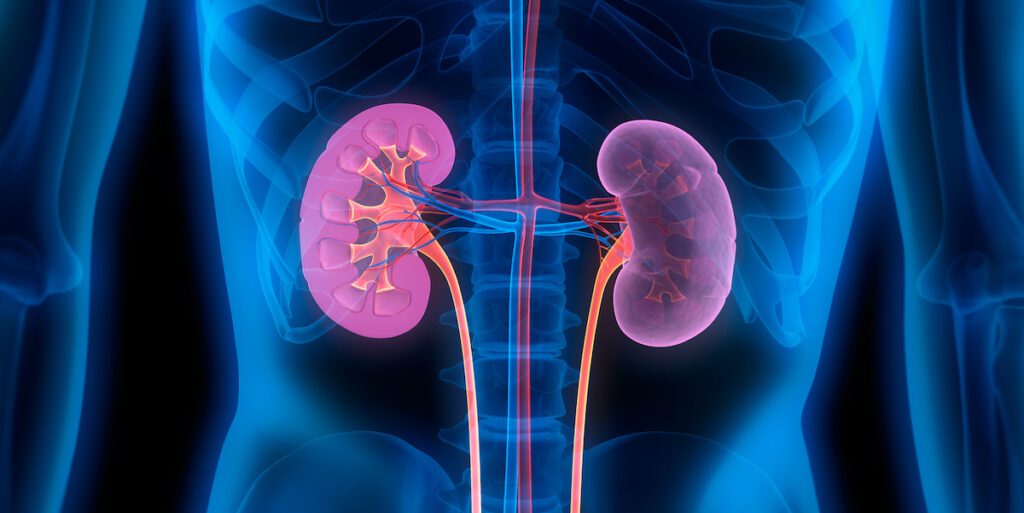The 15 most dangerous diseases throughout history provides insight into the significant health challenges humanity has faced over time. While it’s essential to understand that the severity and impact of diseases can vary based on factors such as location, medical advancements, and population susceptibility, here are some of the most notorious diseases that have shaped history:
Advertisements
- The Black Death (Bubonic Plague):
- Cause: Caused by the bacterium Yersinia pestis, primarily spread through fleas living on rats.
- Prevention: Prevention involves controlling rodent populations, avoiding contact with sick individuals, and using antibiotics for treatment.
- Categories: The plague is categorized into bubonic, septicemic, and pneumonic forms, each with varying symptoms and modes of transmission.
- Smallpox:
- Cause: Caused by the variola virus, transmitted through respiratory droplets or contact with contaminated objects.
- Prevention: Vaccination was the primary method of prevention until the disease was declared eradicated in 1980. Strict isolation of infected individuals was also practiced.
- Categories: Smallpox is characterized by a high fever and distinctive skin rash, with severe cases leading to death.
- Influenza Pandemics:
- Cause: Caused by influenza viruses, which mutate frequently, leading to the emergence of new strains.
- Prevention: Annual influenza vaccination is recommended, along with good hygiene practices such as handwashing and covering coughs and sneezes.
- Categories: Influenza viruses are categorized into types A, B, and C, with type A being responsible for most pandemics.
- HIV/AIDS:
- Cause: Caused by the human immunodeficiency virus (HIV), transmitted through sexual contact, blood transfusions, or sharing needles.
- Prevention: Prevention strategies include practicing safe sex, using clean needles, and antiretroviral therapy (ART) for those infected.
- Categories: HIV/AIDS progresses through stages, starting with acute infection, followed by clinical latency, and eventually leading to acquired immunodeficiency syndrome (AIDS).
- Tuberculosis (TB):
- Cause: Caused by the bacterium Mycobacterium tuberculosis, usually spread through the air when an infected person coughs or sneezes.
- Prevention: Prevention involves early detection through screening, treatment with antibiotics, and vaccination with the Bacille Calmette-Guérin (BCG) vaccine.
- Categories: TB is categorized into latent TB infection and active TB disease, with symptoms including cough, fever, and weight loss.
- Malaria:
- Cause: Caused by Plasmodium parasites, transmitted through the bite of infected Anopheles mosquitoes.
- Prevention: Prevention strategies include vector control measures such as insecticide-treated bed nets and indoor residual spraying, along with antimalarial medications for prevention and treatment.
- Categories: Malaria is categorized into uncomplicated and severe forms, with symptoms ranging from fever and chills to severe anemia and organ failure.
- Cholera:
- Cause: Caused by the bacterium Vibrio cholerae, typically spread through contaminated water or food.
- Prevention: Prevention involves ensuring access to safe drinking water, proper sanitation, and vaccination in high-risk areas.
- Categories: Cholera is characterized by profuse watery diarrhea and vomiting, leading to severe dehydration and electrolyte imbalances.
- Typhoid Fever:
- Cause: Caused by the bacterium Salmonella Typhi, usually spread through contaminated food or water.
- Prevention: Prevention strategies include vaccination, practicing good hygiene, and ensuring access to safe food and water sources.
- Categories: Typhoid fever presents with symptoms such as high fever, headache, and abdominal pain, with potential complications including intestinal perforation and septicemia.
- Yellow Fever:
- Cause: Caused by the yellow fever virus, transmitted through the bite of infected mosquitoes, particularly Aedes aegypti.
- Prevention: Prevention involves vaccination, mosquito control measures, and avoiding travel to endemic areas.
- Categories: Yellow fever can range from mild symptoms to severe forms, including liver damage, jaundice, and hemorrhage.
- Ebola Virus Disease:
- Cause: Caused by Ebola viruses, primarily spread through direct contact with bodily fluids of infected individuals or contaminated surfaces.
- Prevention: Prevention involves early detection, isolation of infected individuals, contact tracing, and proper infection control practices.
- Categories: Ebola virus disease presents with symptoms such as fever, severe headache, and hemorrhagic manifestations, with high mortality rates in some outbreaks.
- COVID-19:
- Cause: Caused by the novel coronavirus SARS-CoV-2, primarily transmitted through respiratory droplets and close contact with infected individuals.
- Prevention: Prevention measures include wearing masks, practicing physical distancing, hand hygiene, vaccination, and public health interventions such as lockdowns and travel restrictions.
- Categories: COVID-19 can range from asymptomatic or mild illness to severe respiratory distress and multi-organ failure, particularly in vulnerable populations.
- Chikungunya:
- Cause: Caused by the chikungunya virus, transmitted to humans primarily through the bite of infected Aedes mosquitoes.
- Prevention: Prevention strategies include mosquito control measures, wearing long-sleeved clothing, and using insect repellents.
- Categories: Chikungunya is characterized by symptoms such as high fever, severe joint pain, headache, and rash, with most patients recovering within weeks.
- Dengue Fever:
- Cause: Caused by any of the four dengue virus serotypes, transmitted through the bite of infected Aedes mosquitoes.
- Prevention: Prevention involves vector control measures, such as eliminating mosquito breeding sites, using insect repellents, and wearing protective clothing.
- Categories: Dengue fever can present as mild dengue fever, severe dengue, or dengue hemorrhagic fever, with symptoms ranging from fever and severe headache to bleeding and organ damage.
- Leprosy:
- Cause: Caused by the bacterium Mycobacterium leprae, transmitted through respiratory droplets or prolonged close contact with untreated cases.
- Prevention: Prevention involves early detection, prompt treatment with multidrug therapy, and contact tracing of exposed individuals.
- Categories: Leprosy is categorized into paucibacillary and multibacillary forms, with symptoms including skin lesions, nerve damage, and deformities if left untreated.
- Rabies:
- Cause: Caused by the rabies virus, usually transmitted through the bite of infected animals, particularly dogs, bats, and wildlife.
- Prevention: Prevention strategies include vaccinating pets, avoiding contact with stray animals, and seeking immediate medical treatment after animal bites or scratches.
- Categories: Rabies presents in two forms: furious rabies, characterized by hyperactivity and aggression, and paralytic rabies, characterized by weakness and paralysis, both leading to fatal encephalitis if untreated.
You can read about the strategies for preventing those diseases in our society. click here. Strategies for preventing the 15 most dangerous diseases in the history of the world







